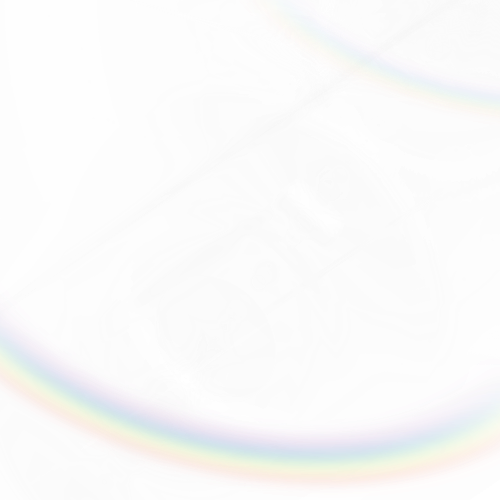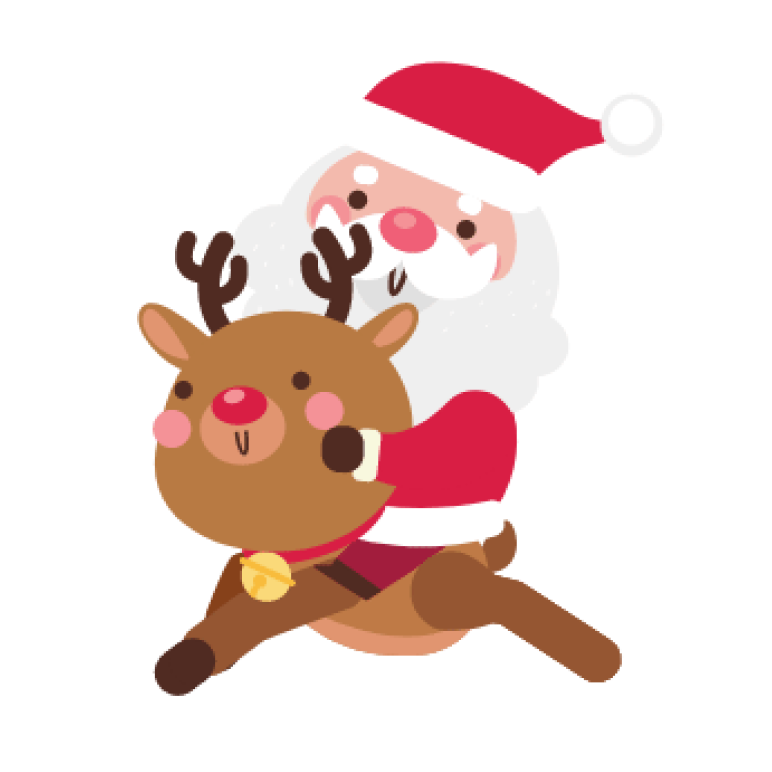Biophilic Interior Design: How to Bring Nature Indoors for a Healthier Home
Biophilia, our inherent connection to nature, lies at the heart of biophilic design—an approach that weaves nature-inspired elements into interiors to boost well-being. For centuries, Asian cultures have embraced this concept, emphasizing the harmony between architecture and the environment. In contrast, the Western world only began to tap into its advantages in the 1980s.
Research indicates that biophilic home ideas can profoundly affect health by lowering stress levels, reducing blood pressure, and even enhancing sleep patterns. For instance, simply touching untreated wood for just 90 seconds can significantly decrease cortisol levels, highlighting how deeply rooted our positive responses to natural environments are.
While adding houseplants is an excellent first step, bringing nature indoors involves much more than just greenery. Studies in environmental psychology stress that physical spaces should reflect the scale, materials, and colors found in nature for the best outcomes. By optimizing natural light and incorporating organic textures, biophilic interior design can turn your home into a restorative sanctuary.
Ready to incorporate biophilic home ideas? Here are a few essential principles to help you infuse your space with the beauty of nature.
Maximize Natural Light for a Brighter, Healthier Home

Natural light stands as one of the key principles of biophilic design, playing an essential role in crafting nature-inspired interiors that boost well-being and enhance energy efficiency. While artificial lighting is a must during the dreary, dim months of winter, the aim should always be to maximize exposure to daylight, thereby improving both the visual appeal and our health.
To weave biophilic elements into your home, start by ensuring nothing obstructs the sunlight from pouring in. Open up your blinds and curtains, clean your windows to let the natural light shine through unobstructed, and rearrange any furniture or decor that might block the brightness. A few simple layout changes can make a big difference in the way light moves through your living space.
If your home doesn’t have enough windows, think about using mirrors to bounce natural light further into the room. Moreover, opting for sheer curtains instead of heavy drapes can help bring the feel of nature indoors, allowing more sunlight to filter in while still keeping your privacy intact.
Enhance Your Space with Greenery and Natural Views

Natural views, whether they feature lush greenery or rolling hills, can significantly impact our mental and physical well-being. Studies have shown that incorporating biophilic design elements—like these beautiful outdoor views—can lower blood pressure, reduce stress, and boost overall mood.
Take a moment to consider what lies outside your windows: do you see a serene, nature-filled landscape, or is it a bustling street? Biophilic home concepts highlight that being close to plants helps slow our breathing and promotes a sense of calm, and even just viewing greenery from a distance has been shown to provide real benefits.
If you can, try bringing nature indoors by rethinking the arrangement of your furniture, sheds, or outdoor decor to showcase scenic views. For those living in urban environments, think about adding indoor plant walls, vertical gardens, or artwork inspired by nature to recreate these uplifting effects.
Want to take your greenery game to the next level? Check out our guide on How to Decorate with Flowers to seamlessly blend floral arrangements into your home’s design.
Incorporate Natural Wood for a Calming Biophilic Interior

Natural materials, particularly untreated wood, play a crucial role in biophilic interior design, fostering relaxation and alleviating stress. A nature-inspired interior adorned with wood not only boosts mood but also reduces cortisol levels by 38%, as highlighted in a TED Talk by architect Matthias Olt. The findings indicated that individuals in spaces with wooden surfaces experienced lower stress levels, reduced heart rates, and increased alertness compared to those surrounded by plastic materials.
Incorporating biophilic elements into your home, such as wooden furniture, exposed beams, and natural finishes, effectively brings the outdoors inside, creating a calm and grounded environment. Whether through wooden tables, wall paneling, or flooring, this essential biophilic design principle transforms spaces into wellness-driven sanctuaries—giving new meaning to the phrase “knock on wood.”
The Power of Water Features in Biophilic Interior Design

Have you ever noticed how many modern office buildings include water fountains or shallow pools at their entrances? This design choice goes beyond mere aesthetics; it is rooted in a vital biophilic design principle. Water features not only beautify spaces but also enhance nature-inspired interiors, fostering relaxation and promoting overall well-being.
Research indicates that incorporating water elements into biophilic home designs results in more significant improvements in mood and self-esteem than relying solely on green spaces. Whether it's an indoor fountain, a serene backyard pond, or a charming tabletop water feature, integrating flowing water into your environment nurtures tranquility and strengthens your connection to nature.
Adopting biophilic interior design is not just about creating visually pleasing spaces; it’s also about enhancing your physical health and nurturing your mind and body. Even minor additions, like a fountain or a reflective pool, can significantly impact how you feel in your home.
Ready to embrace biophilic interior design? With the DecorMatters app, you can visualize nature-inspired elements in your home before making any changes. Experiment with layouts, materials, and textures to create a calming and rejuvenating space. Download DecorMatters today and start designing with nature!
UP NEXT: The Power of Plants in Home Decor: How to Decorate With Plants


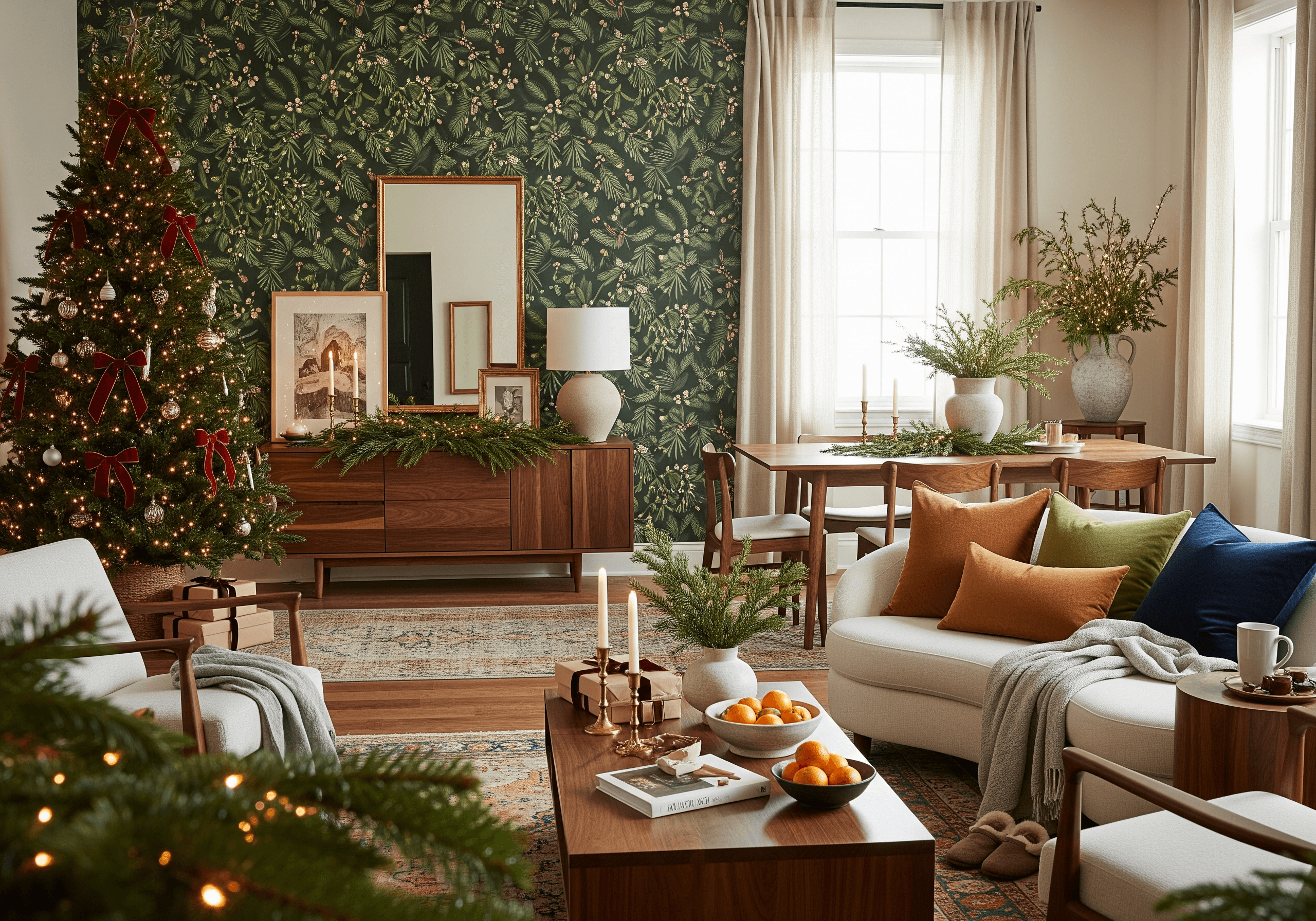
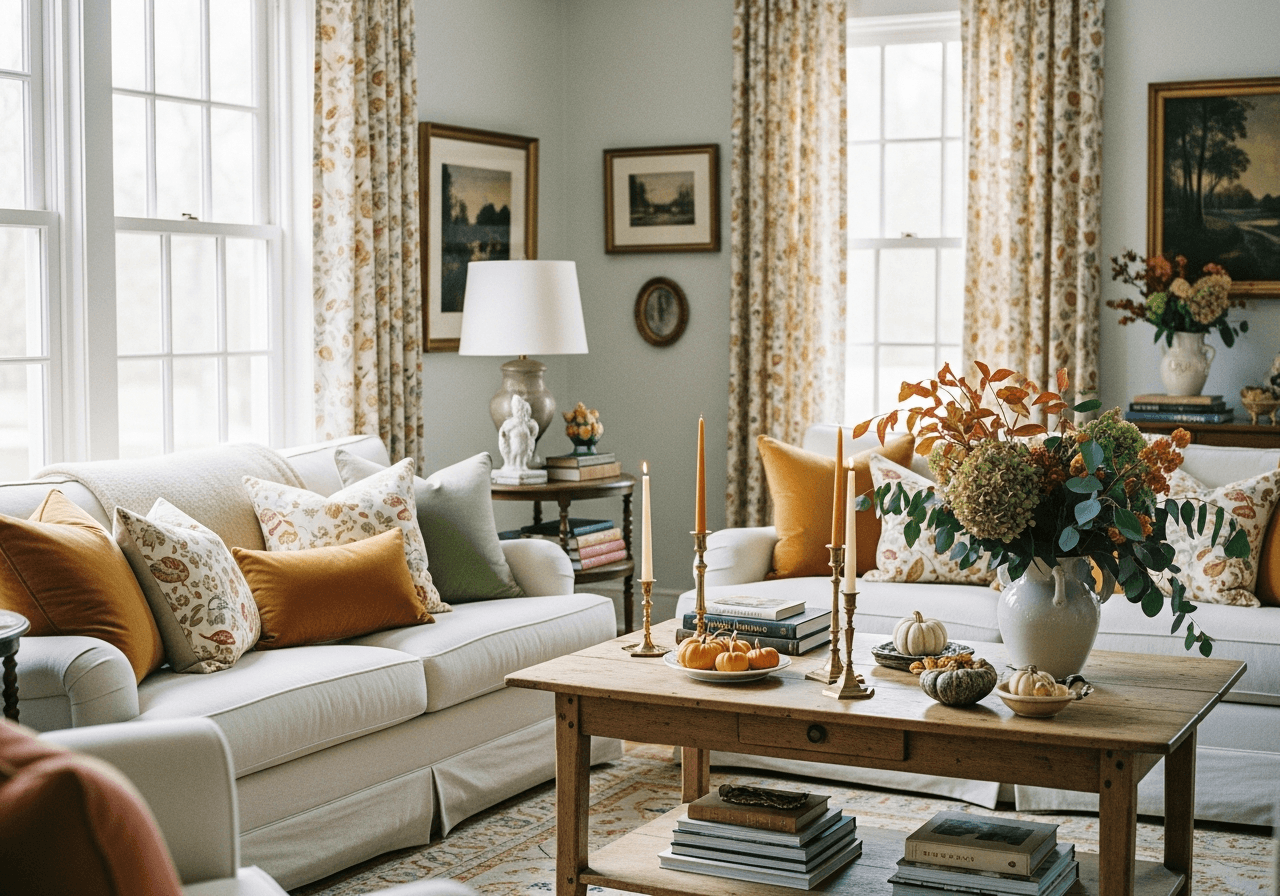


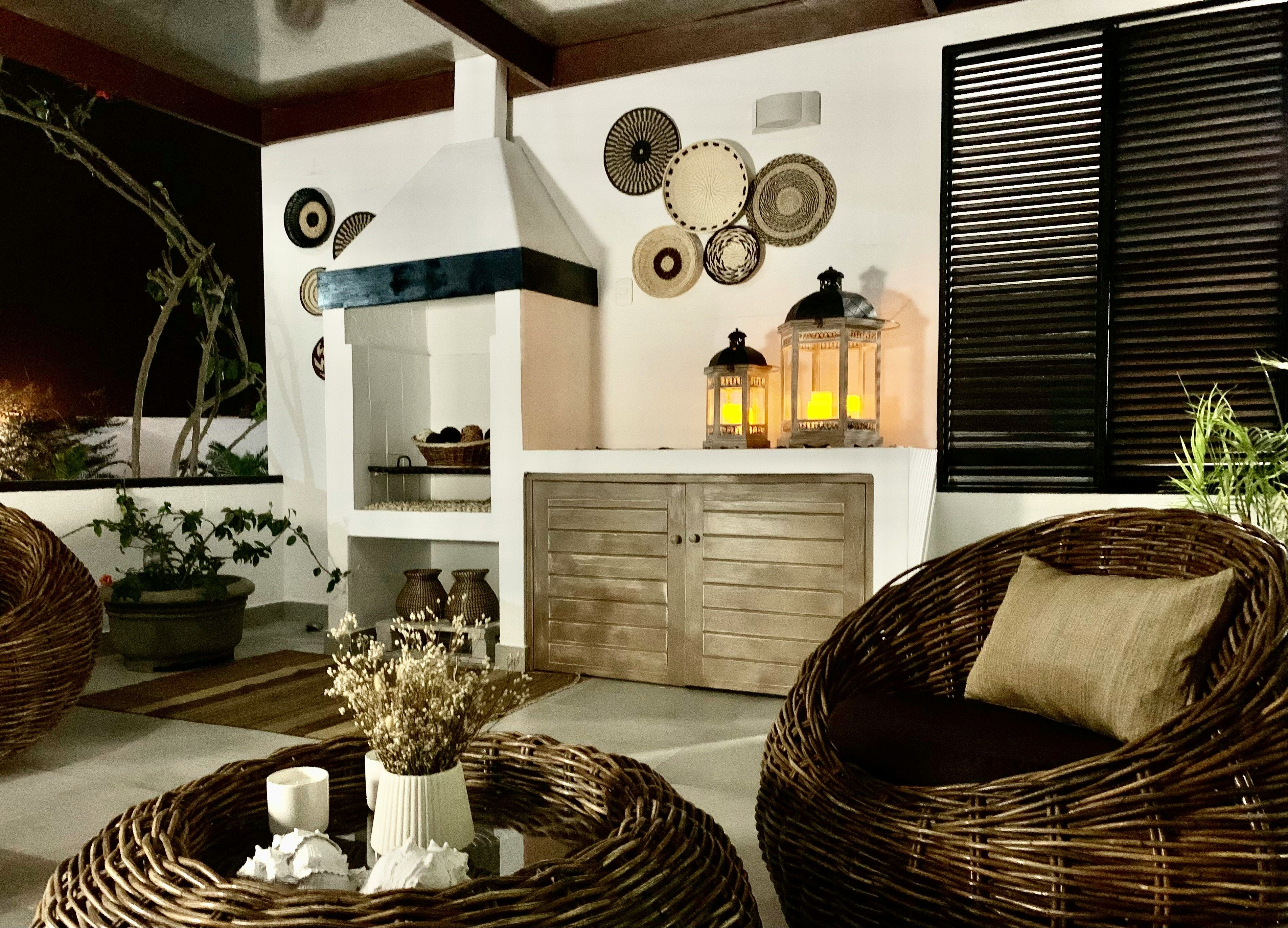


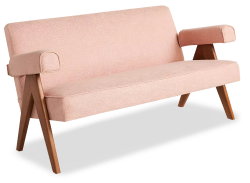


 20h left
20h left

